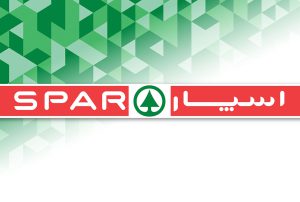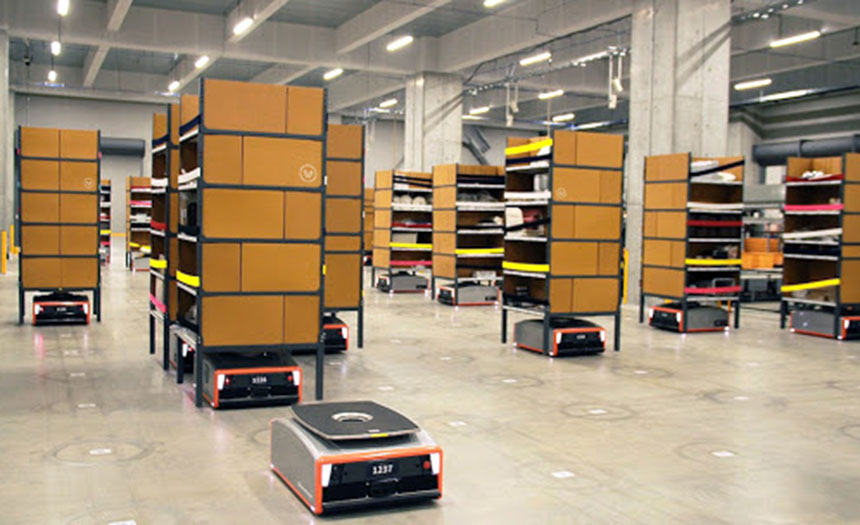By: Trends Editorial Team

 AmirHossein Anvari
AmirHossein Anvari
Senior Business Development & Retail Operation Manager at SPAR Iran.
SPAR is the world’s leading independent food retailers chain. The business started with one Dutch store in 1932 and now comprises more than 13,500 stores in over 48 countries on four continents. The development of SPAR has been underpinned by a set of values that have guided the organization since its establishment more than 85 years ago. At the heart of these core values is the commitment of SPAR stores worldwide to freshness, choice, quality and service.
SPAR is an international group of independently owned and operated retailers and wholesalers who work together in partnership under the SPAR Brand to provide a high quality and value-for-money shopping experience for the communities they serve.
The SPAR mission is to ensure that it remains the world’s leading “voluntary” (independent) food retail chain and that it continues to grow its brand, its presence and its partners. By working together with its retail and wholesale partners worldwide, SPAR aims to enhance their competitiveness, productivity and profitability at all levels.
What is the definition of “Smart Logistics” and what are the key components of it?
Smart Logistics offers public authorities’ opportunities to improve dynamic traffic management and to improve enforcement (if needed) of local rules, for example in terms of accessibility of a city center (time of day, location and type of vehicle). Apart from that, the applications of Smart Logistics offer business opportunities to logistics companies and their clients. For a company like ours, Smart Logistics solutions improve efficient transport and warehousing, but they also facilitate the (inter)connectivity between different logistics networks, for example for the exchange of transport orders between different parties and/or modalities.
There are five elements of Smart Logistics for a – retail chain:
• Storage, warehousing and materials handling.
• Packaging and cataloguing.
• Inventory.
• Transportation.
• Information and monitoring.
What are the benefits/value to various stakeholders (traders/buyer/suppliers/retailers, government, industry, consumers…)?
I can simply list them here by no order of priority:
• Opportunities to share their views, needs and knowledge
• Build consensus through bringing together a diverse range of stakeholders through the sharing of needs, information, and ideas to harmonize the objectives of individual groups and reach common societal goals
• Influence the outcome by including the stakeholders in the process of risk assessment as well as in the processes of shaping, developing, identifying and implementing strategies.
What are the prerequisites for the implementation/development of Smart Logistics (telecom infrastructure, software, equipment), and which of the components are more important than others, if any, in your business?
Integrative logistics systems are the basic prerequisite in businesses like ours. Systems should be ready for the integration of technologies such as sensors, image recognition, voice control or assisted reality. To this end, the following holds true: No matter which systems and intelligent components interact, or how many manufacturers, retailers, service providers and carriers are involved, IT infrastructures are often the factors that tip the scales. Meanwhile, the cloud, smart sensors and intelligent algorithms create additional possibilities for comprehensive logistics networking.
How does smart logistics fit into the greater concept of Smart City? What about relations to other components of Smart City such as smart energy, smart transportation, etc.
Smart Logistics is a key solution to cope with the challenges in distribution of services in a city. Smart Logistics can be defined as the combination of traffic management structuring and navigating flow for optimal use of traffic system and logistics management (organizing, planning, control and execution of the flow of goods and services) by effective usage of data.
How has the Covid-19 pandemic affected the Smart Logistics initiatives? Is the crisis hastening faster implementation of Smart Logistics or slowing it down? What are the opportunities and challenges for the roll out of Smart Logistics after the pandemic?
Covid-19 pandemic has had the following fallout which have adversely affected the Smart Logistics initiatives:
• Higher logistics demand
• Shortage of transportation capacity
• Disruption of logistics network
• Change of service mode
• Increase in operating costs and number of failed enterprises.
In the post-covid-19 era, by addressing the emerging problems, the supply and demand of the logistics industry will gradually recover from this predicament. In addition, although the pandemic has brought unprecedented damages to the logistics industry, it also provided opportunities for logistics innovation and transformation from different aspects, such as new technologies, new modes of services, and new policy environment. Therefore, according to the theory of modern logistics service system, we will observe the reformed trends of logistics industry in five aspects: logistics demand, logistics supply, logistics infrastructure, logistics of information-based society -, and logistics industry development.
What are the key current and future trends and developments with regards to smart logistics for companies?
Top 10 important logistics technology trends a company should be keeping an eye on in 2021 are:
• Artificial and Augmented Intelligence
• Digital Twins
• Real-Time Supply Chain Visibility
• Block chain
• Data Standardization and Advanced Analytics
• The Growing Importance of Industry Newcomers
• Increasing Investment into Logistics Startups from VCs and Enterprises
• Sustainability Powered by Technology
• Autonomous Vehicles
• Warehouse Robotics
Please tell us about SPAR’s initiatives/projects/innovations in the smart logistics. What are some of the key (current and future) projects you are working on right now with regards to the development of smart logistics (globally, in Austria, in Iran)?
The existing SPAR warehouse located in the town of St. Polten had become too small to efficiently supply the growing number of SPAR stores in Austria. Recognizing that this would only become more difficult over time, SPAR Austria invested in a new state-of-the-art logistics center in the area of Ebergassing (Lower Austria) in co-operation with the Austrian logistics supplier Knapp.
The new facility is currently one of the most innovative and sustainable logistics centers in the world. Some of the technologies which have been incorporated are being used for the first time anywhere.
The objective- behind the new center of SPAR Austria is to achieve local supply delivery chain at the highest level, and therefore perfect processes must be applied to accomplish that. SPAR is a leader in innovation and has always invested in new technologies in the area of logistics. Innovation in all areas of maintaining the security of the supply chain and the support of SPAR retailers in their day-to-day work is an ongoing investment within SPAR Austria.
Right at the start of its construction in May 2015, it was clear that this logistics center would be a great example of the inclusion of many elements focused on sustainability. As a result, the center was quickly pre-certified with the ÖGNI certificate in platinum by the Austrian Society for Sustainable Real Estate (ÖGNI). The official ceremony recognizing this achievement took place in the autumn of 2016.
Iran is increasing its potential for warehousing and logistics by purchasing a major share of one of the largest companies in the field of food distribution. Soon, all SPAR stores and its retailers in Iran will be serviced from the central warehouse and through the SPAR supply chain.





